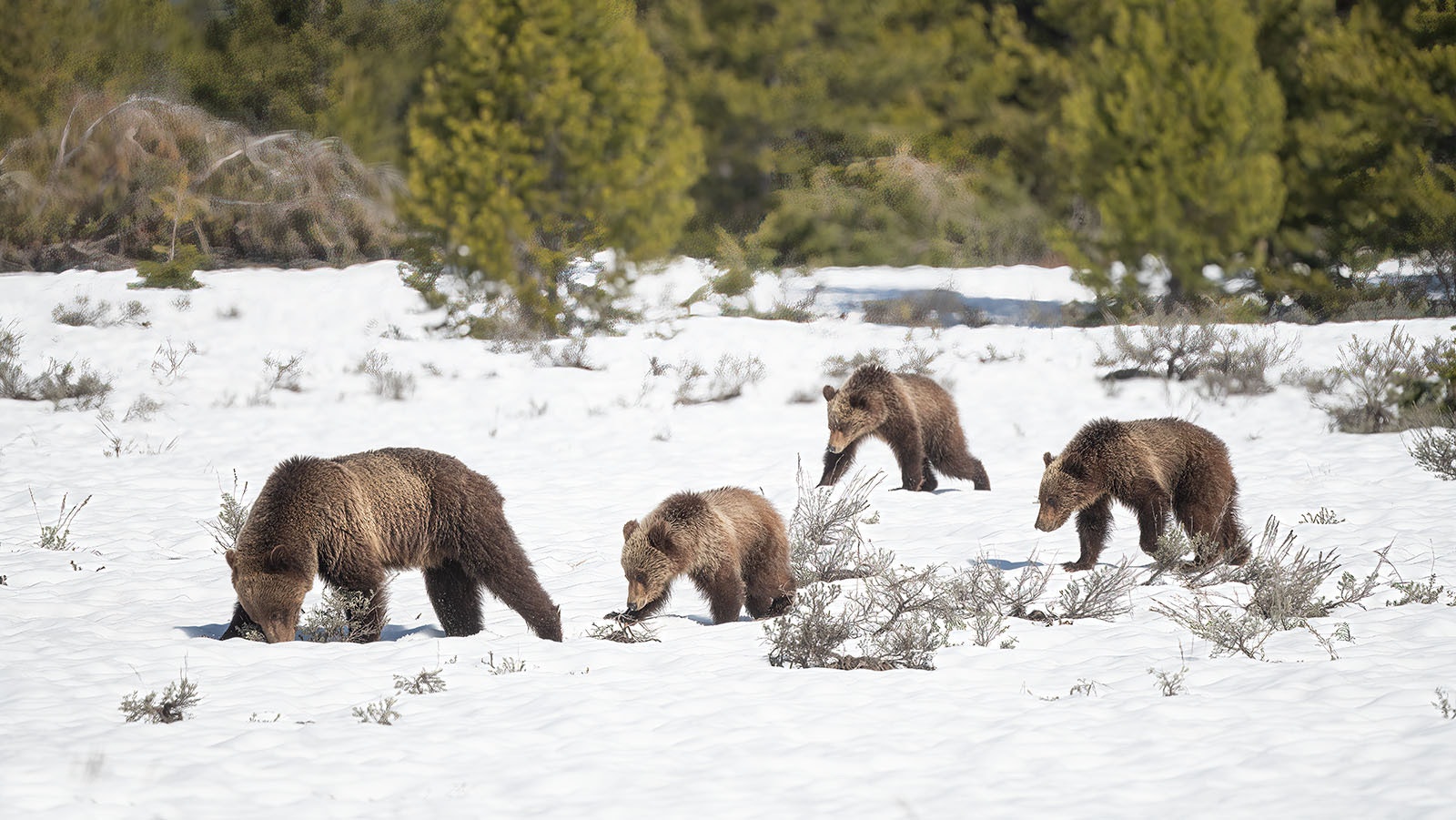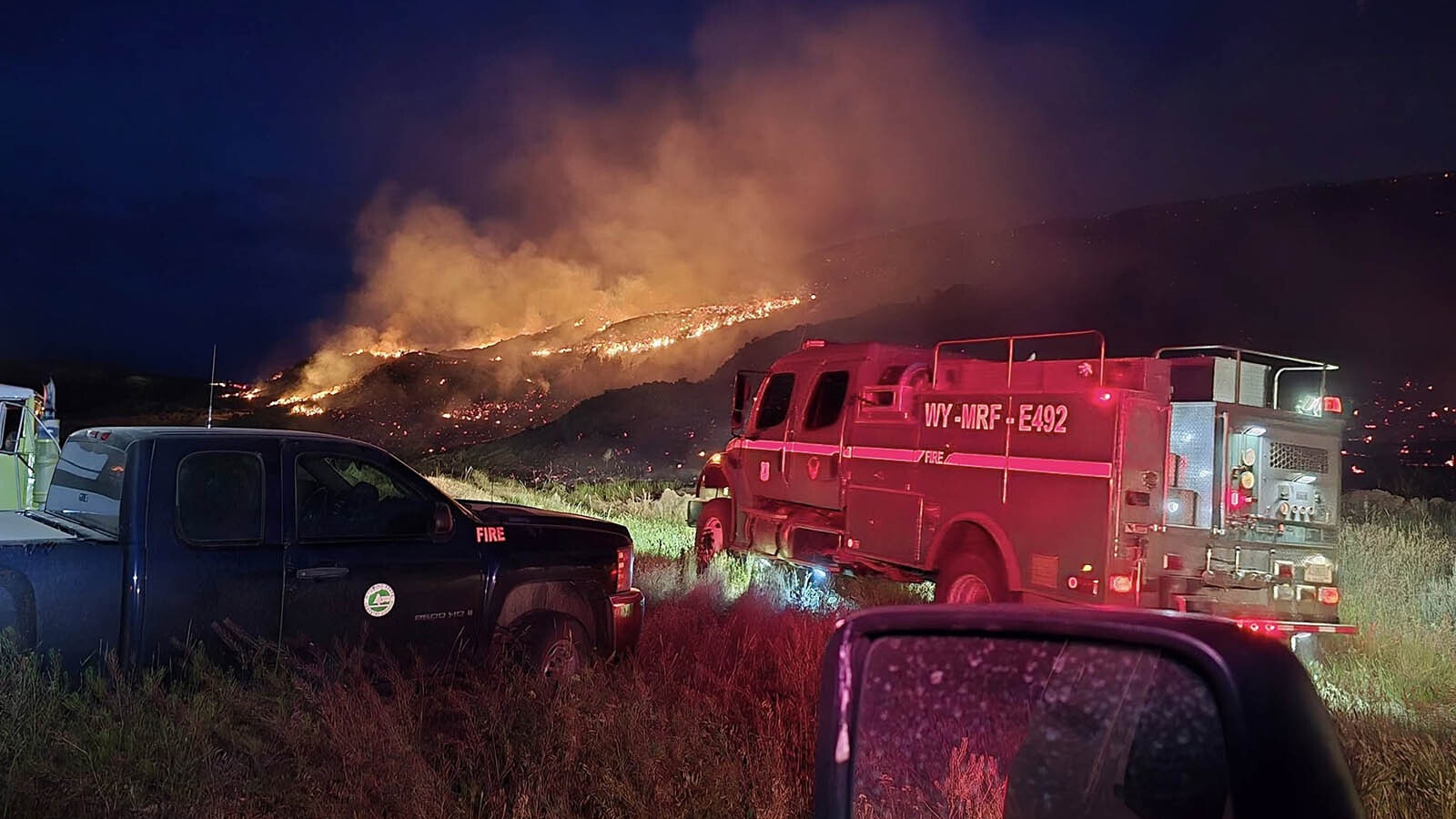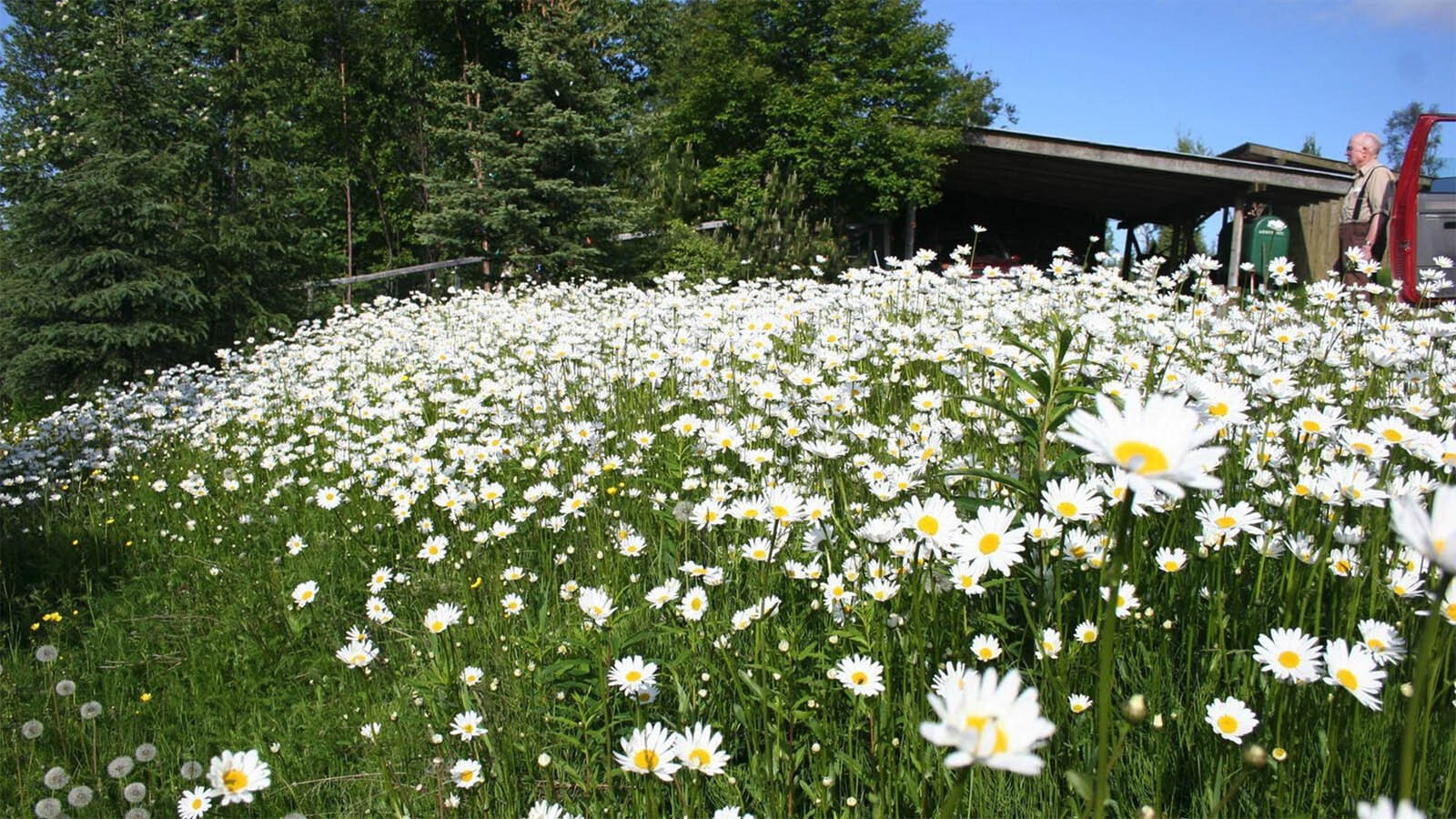As wrangling over when and whether to delist grizzly bears in Wyoming and neighboring states has dragged out over years, there’s been one primary sticking point – a lack of genetic exchange between the separate bear populations.
The two major grizzly populations in the Northern Rockies are now within about only 35 miles of each other, but apparently still aren’t co-mingling quickly enough to satisfy wildlife managers. So, Montana plans to start transplanting some northern bears into Yellowstone, possibly as soon as this summer.
“Genetic connectivity, naturally and subsidized” by transplanting bears has been on the table as part of grizzly management plans, Greg Lemon, spokesman for Montana Fish Wildlife and Parks, told Cowboy State Daily.
And Montana recently decided to go with the transplanting option.
Montana FWP plans to truck some bears from its Northern Continental Divide population into the Yellowstone ecosystem. Northern bears would not have to be taken into Wyoming to achieve that, because part of the Yellowstone ecosystem is in Montana, Lemon said.
Other details, such as how many bears might be moved and the exact transfer dates, weren’t available late Wednesday.
Montana’s grizzly management strategy is geared toward an expectation that the bears will be delisted from endangered species status at some point and management handed over to state game agencies, he said.
One Species, Two Populations
Grizzlies in the Lower 48 states had all but disappeared by the 1970s, so they were placed under special federal endangered species protection in 1975. Since then, they’ve continued to grow in numbers and expand their range in Wyoming, Montana and Idaho.
There are an estimated 1,100 bears or so in each of the two grizzly populations in the Northern Rockies.
The Greater Yellowstone Ecosystem (GYE) bears radiate out from core habitat in Yellowstone National Park and into other parts of Wyoming, Montana and Idaho.
The Northern Continental Divide Ecosystem (NCDE) grizzlies have been pushing out from the Glacier National Park region. Some of those bears have even started to reclaim historical grizzly habitat on the northern prairies, as far east as the Missouri Breaks..
Shuffling Grizzlies
The idea to transfer bears between the populations isn’t new, said Dan Thompson, Wyoming Game and Fish Large Carnivore Specialist. But it has been garnering more attention lately.
“The commitment to translocate a few bears from the NCDE to the GYE is to address an issue brought up by the court when the GYE bears were delisted,” he told Cowboy State Daily.
There was an attempt to delist grizzlies in 2018, including a planned Wyoming grizzly hunting season, but a federal judge shut it down after environmental groups protested.
‘Zoo-Type Program’
Bear conservation activists have cited robust intermingling and genetic exchange between those two populations as a condition for bears to be delisted.
Retired federal ecologist and grizzly advocate Chuck Neal of Cody said that’s still the case.
“That’s a given. That’s going to have to happen before delisting,” Neal said, adding that he’s skeptical transporting a few bears back and forth will do the trick.
“This sounds like a hands-on, zoo-type program,” he said. “That’s not how a wild ecosystem works.”
Neal said he’s leery of any attempts to fast-track delisting grizzlies.
“This sounds like a really tempting way to find a quick and easy way to satisfy the feds. Hence, we can delist the bears, hence we can start hunting them,” he said.
It would be better to just let the bears naturally co-mingle, Neal said.
Move Them To Idaho Instead?
A key missing piece to the puzzle is a robust grizzly population in rugged and remote central Idaho, Neal said. The parts the Yellowstone ecosystem in Montana have many sheep ranches, which could just get grizzlies into trouble.
If wildlife agents move bears anywhere, it should into central Idaho, Neal said. That region lacks a significant grizzly population, which could play a role in linking the northern and Greater Yellowstone grizzlies.
“That Samon-Selway-Bitterroot region in central Idaho has the largest contiguous block of roadless habitat in the Lower 48,” he said. “It’s even bigger than the Yellowstone Ecosystem.”
Mark Heinz can be reached at mark@cowboystatedaily.com.





